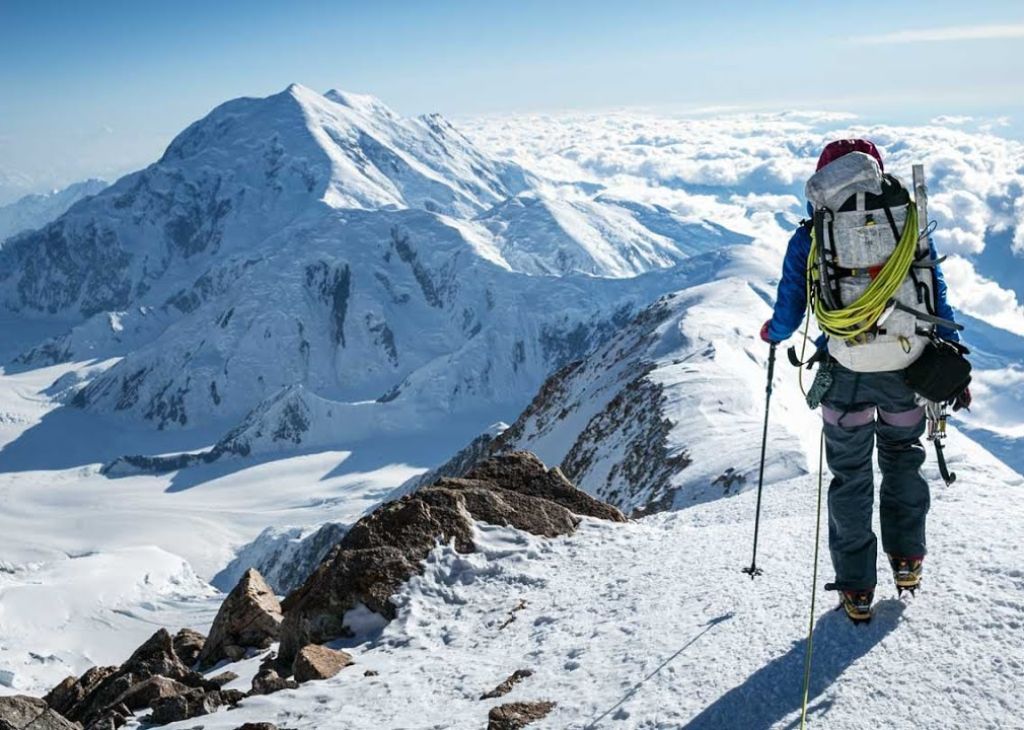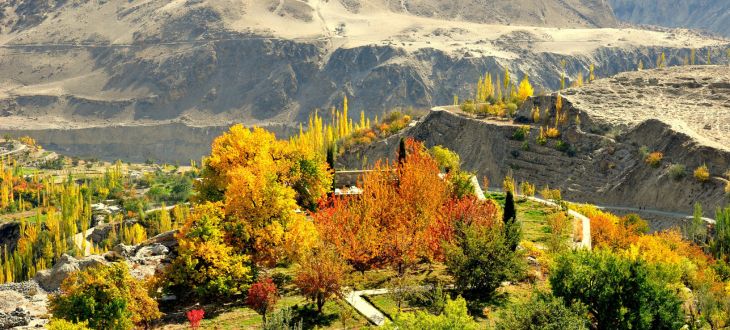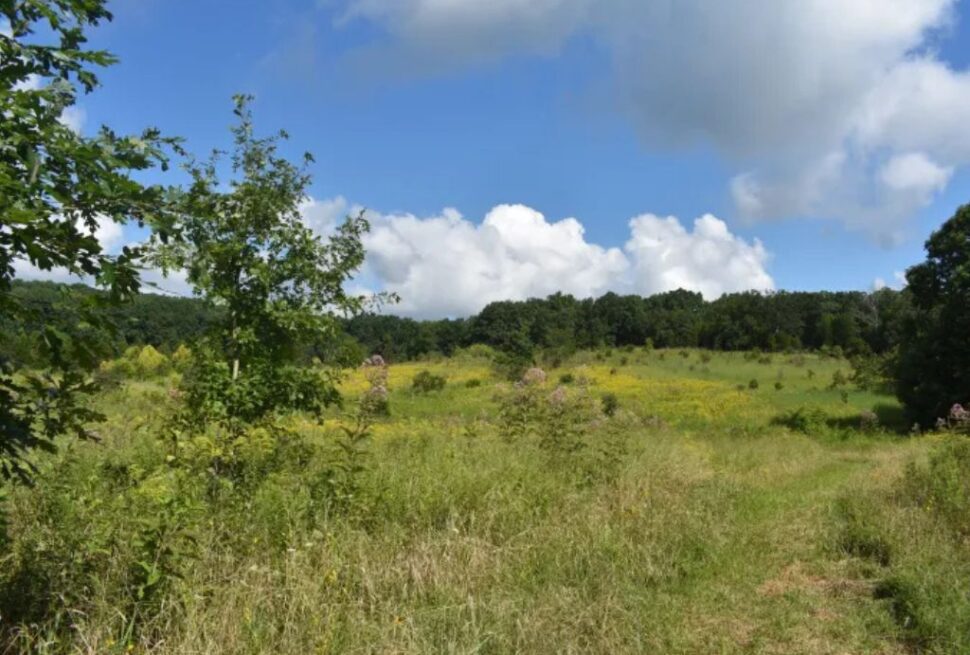The Pyrenees mountain range, stretching from the Atlantic Ocean to the Mediterranean Sea, forms a natural border between France and Spain. With its rugged terrain, dramatic landscapes, and rich biodiversity, it is a paradise for mountaineers and adventure seekers alike. Mountaineering in the Pyrenees offers a unique blend of physical challenge, natural beauty, and cultural richness that makes it one of Europe’s most rewarding destinations for outdoor enthusiasts.
Why Choose the Pyrenees?
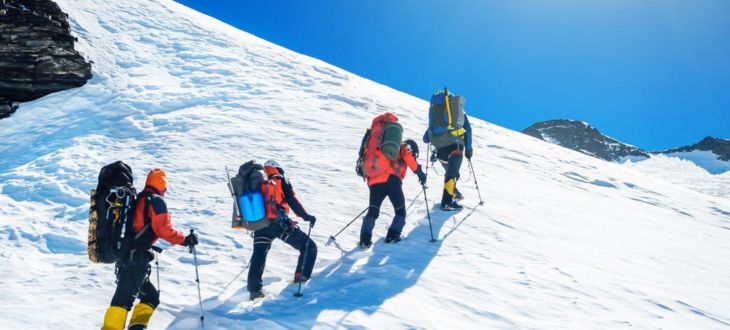
Unlike the Alps, which attract millions of tourists annually, the Pyrenees remain relatively uncrowded and wild. This makes them ideal for those seeking solitude, pristine nature, and authentic experiences. Whether you are a beginner looking for your first high-altitude trek or an experienced climber craving new heights, the Pyrenees have something to offer.
With peaks soaring above 3,000 meters, glacier-fed lakes, and deep valleys covered in lush forests, the Pyrenees present a landscape of contrasts. You’ll find alpine meadows full of wildflowers, rugged granite peaks, and even hot springs tucked away in quiet corners of the mountains.
Popular Mountaineering Routes
1. Pic du Midi d’Ossau
Located in the French Pyrenees, this iconic peak stands at 2,884 meters and offers a classic climb for intermediate-level mountaineers. Its distinct volcanic silhouette is visible from miles away. The route includes some technical sections and scrambling, making it both challenging and rewarding.
2. Monte Perdido (3,355m)
This is the third-highest peak in the entire Pyrenean range and one of the most popular climbs. Situated in the Ordesa and Monte Perdido National Park in Spain, the route to the summit takes you through deep canyons, lush forests, and karst plateaus. It’s a long but non-technical climb, ideal for fit hikers.
3. Aneto (3,404m)
The highest mountain in the Pyrenees, Aneto is a must-climb for mountaineers. Located in the Spanish province of Huesca, the ascent includes crossing the glacier and scrambling up a rocky ridge. Crampons and ice axes are typically required, especially in early summer.
4. Haute Route Pyrénéenne (HRP)
For those interested in long-distance mountaineering, the HRP is a 750 km trail that follows the ridge of the Pyrenees from the Atlantic to the Mediterranean. It’s a serious undertaking that can take several weeks but offers an unforgettable adventure through varied terrain and breathtaking scenery.
Best Time to Go
The mountaineering season in the Pyrenees generally runs from late June to mid-September. This is when most of the snow has melted, trails are accessible, and weather conditions are more stable. For glacier routes like Aneto, early summer is best for snow conditions, while late summer offers more exposed rock and drier trails.
Essential Gear and Preparation
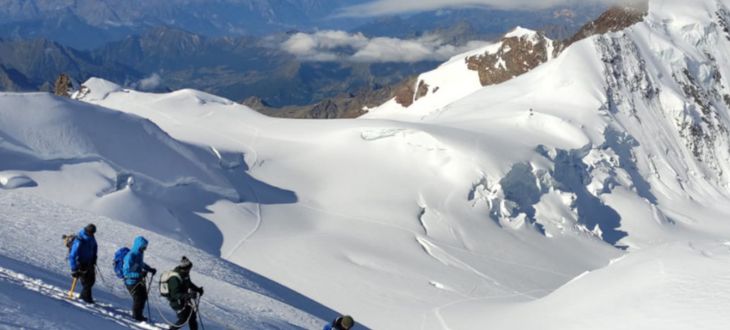
Mountaineering in the Pyrenees requires proper gear and planning. Here’s a checklist of essentials:
- Hiking boots with strong ankle support and grip
- Helmet, harness, and rope for technical routes
- Crampons and ice axe for glacier sections
- Weatherproof clothing (layers, waterproof jacket, gloves, hat)
- Topographic maps or GPS device
- Plenty of water, high-energy snacks, and a first aid kit
- Headlamp with spare batteries
- Mountain shelter reservation (many areas have refuges or huts)
Also, it’s wise to check local weather conditions before heading out, as mountain weather can change rapidly.
Safety Tips
- Know Your Limits: Choose routes suitable for your fitness and skill level.
- Acclimatize: If you’re climbing above 2,500 meters, allow time for your body to adjust to the altitude.
- Start Early: Begin your climb early in the morning to avoid afternoon storms and make the most of daylight.
- Travel in Groups: Whenever possible, don’t hike alone. It’s safer and often more enjoyable.
- Let Someone Know: Share your itinerary with a friend or local ranger station.
Culture and Cuisine
One of the unique joys of mountaineering in the Pyrenees is experiencing the local cultures. As you move through Basque, Catalan, Aragonese, and Occitan regions, you’ll encounter diverse traditions, languages, and foods.
Be sure to try regional specialties such as cassoulet (a hearty bean stew), Tomme de montagne (a mountain cheese), and trinxat (a potato and cabbage dish from Catalonia). Many trails pass near small mountain villages where you can rest, eat, and even spend the night in charming guesthouses.
Wildlife and Environment
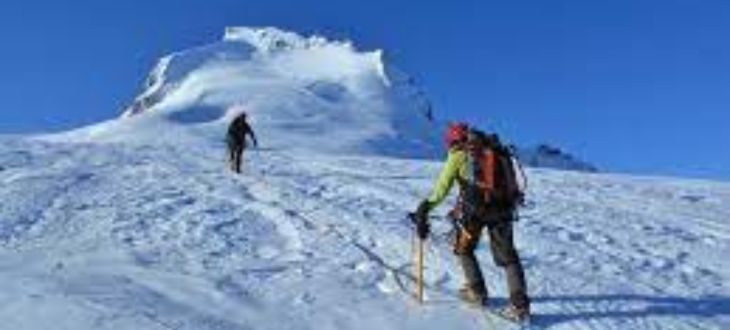
The Pyrenees are home to a wide range of wildlife, including brown bears, ibex, bearded vultures, and Pyrenean chamois. While sightings are rare, it’s a good reminder to respect nature. Leave no trace, stay on marked trails, and avoid disturbing animals or fragile alpine vegetation.
Final Thoughts
Mountaineering in the Pyrenees is more than just a physical challenge — it’s a journey through wild landscapes, cultural histories, and personal endurance. Whether you’re scaling a snow-capped peak or hiking a remote ridge at sunset, the Pyrenees offer experiences that are as humbling as they are unforgettable.
So pack your gear, plan your route, and get ready to discover the magic of these majestic mountains. The Pyrenees are calling.

